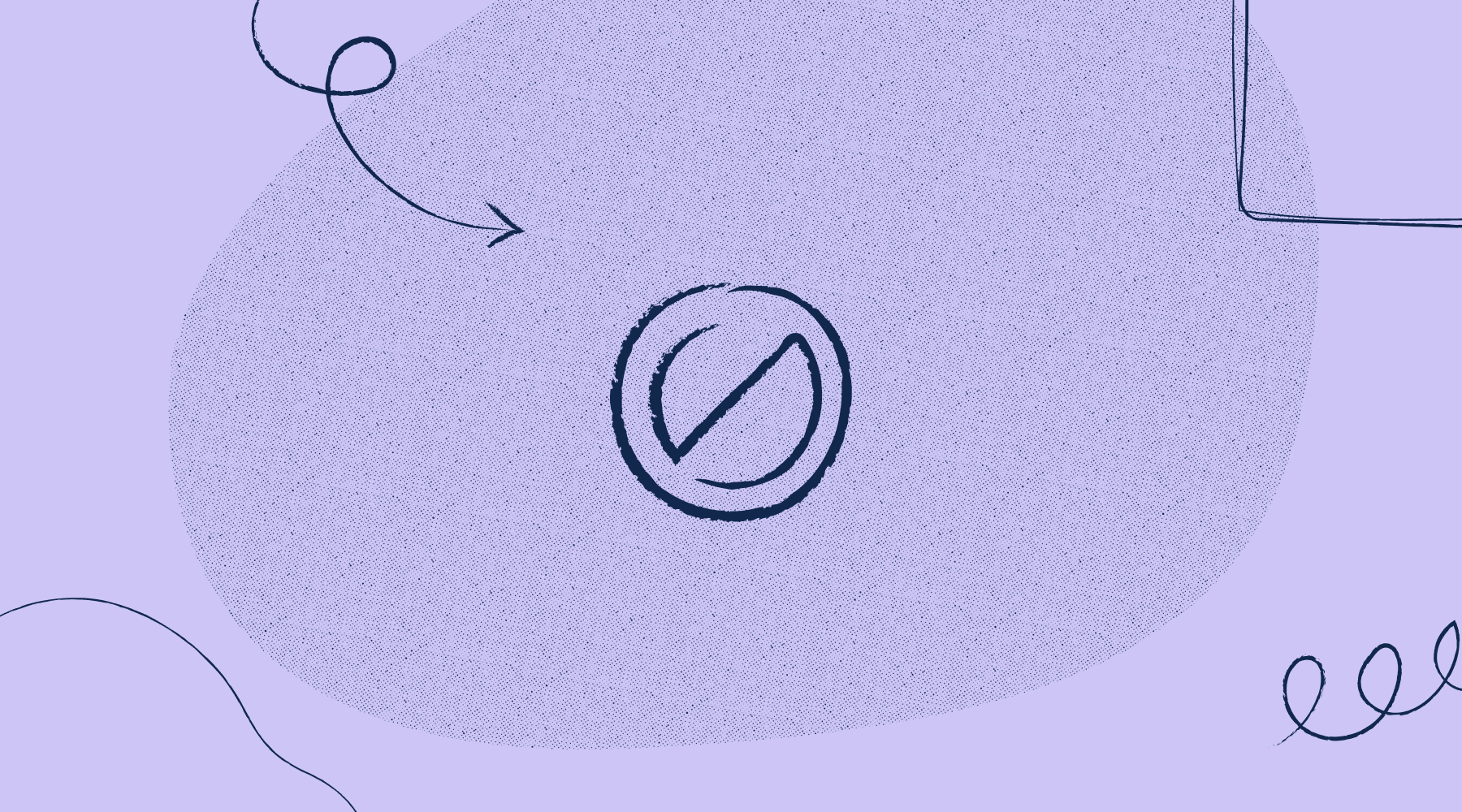Community
What made me realize the importance of accessible and inclusive design
People who have experienced exclusion or some form of trauma in their life are, more often than not, hyper-aware and more empathetic toward those experiencing it.

Cat Noone
Jul 16, 2019

Not long ago I was interviewed about how Stark is helping accessible and inclusive design move forward. Every question was great and thought-provoking, but one really got to me. I was asked what made me realize accessible design is important. What made it click?
I mean, it was obvious, wasn’t it? Because it’s the right thing to do. I was raised with values and morals. What kind of question was this? I tried hard to scan through aha moments in my life that would’ve done it, but I came up short and found myself slightly flustered. That’s because I don’t know if there was one particular moment that it "clicked". And I’m grateful for that.
When I was two my parents split, and my mother and father both went on to create new families of their own. And where was I in that mix? My mother handed me off to my paternal grandparents and they, along with my two aunts (my father’s sisters), raised me. Though it would completely change the trajectory of my life for good, this was also my first true experience with exclusion. I didn’t know it then, but eventually my brain would register that as feeling like I didn’t have a place that was truly mine. Like the people I was supposed to call my tribe had abandoned me, and, on the rare occasion I spent time with them, I was part of a group that didn’t view me as their own. It felt like I was there because they felt obligated to have me. And it was uncomfortable to say the least.
Throughout and after college, I worked in special education with children with autism / autistic children, along with a variety of behavior and cognitive disorders. Working in a world that many in the tech industry probably haven’t, I’ve always known how crucial it is to create a space that doesn’t allow individuals with any form of disability to just be present or included, but welcomed and accepted.
Afterward, I joined the world of design and technology. And as I entered the workforce, climbed higher, and started participating in decision-making conversations (at work or on social media), I realized this isn’t just a conversation about accessibility—it’s a conversation about inclusivity—and more than that, a conversation about who is being excluded; be it because of the color of their skin or disability. For more than just those with disabilities, it’s about including people that aren’t white able-bodied “neuro-typical” individuals.
A few examples of accessible and inclusive design means:
- Diversify your photography by including underrepresented groups in a positive, and in turn, realistic light—from people of color to those with disabilities.
- Having an array of multicultural/non-traditional names and images of people in your design mocks.
- Accounting for individuals that cannot see or hear by having Braille literature and a TelePrompter with translations of the speaker on a screen at your event
- Most importantly, it’s designing appropriately, in a way that asks "Who am I excluding in my design?" along the way.
Accessible design is a byproduct inclusive design. And inclusive design is a byproduct of doing your job the right way.
I was excluded from people that should never abandon you—it goes against nature. But I had the gift of the rest of my family that would love me every day in ways that meant I could never ask for more. And though it was a personal challenge I faced well into adulthood, I was never blocked from functioning in society.
I was never excluded because of a wheelchair, the color of my skin or the language I spoke. I never read about different products with copy that subliminally told me where I came from was not thought of during the product development. But I know what that looks like, and can only imagine how it feels at its peak to live in a world that considers you an afterthought, an unnecessary cost in the budget, or a task we’ll get to later.
People who have experienced exclusion or some form of trauma in their life are, more often than not, hyper-aware and more empathetic toward those experiencing it. Having these conversations to invoke change means tapping deep into personal events in our life and using our experiences to help those who don’t have the means or privilege to ensure their voices are heard.
So while I don’t think there was ever an aha moment where I realized accessible design is important, I did come to understand that we need to be having a bigger conversation about inclusivity. And in order to do that, it starts by including people of all colors, ethnic backgrounds, different upbringings and more, who aren’t able-bodied or neuro-typical, into initial conversations and the product development process.
Because at the end of the day the one thing I know to be true? There’s power in different.
Q: What made you realize accessible and inclusive design was important?
To answer this, give us a follow on Twitter. Want to talk shop with folks discussing all things accessible, ethical and inclusive design? Join our Slack community. For the latest on accessibility, inclusivity, and some Stark news in your inbox every week: Subscribe to our newsletter.